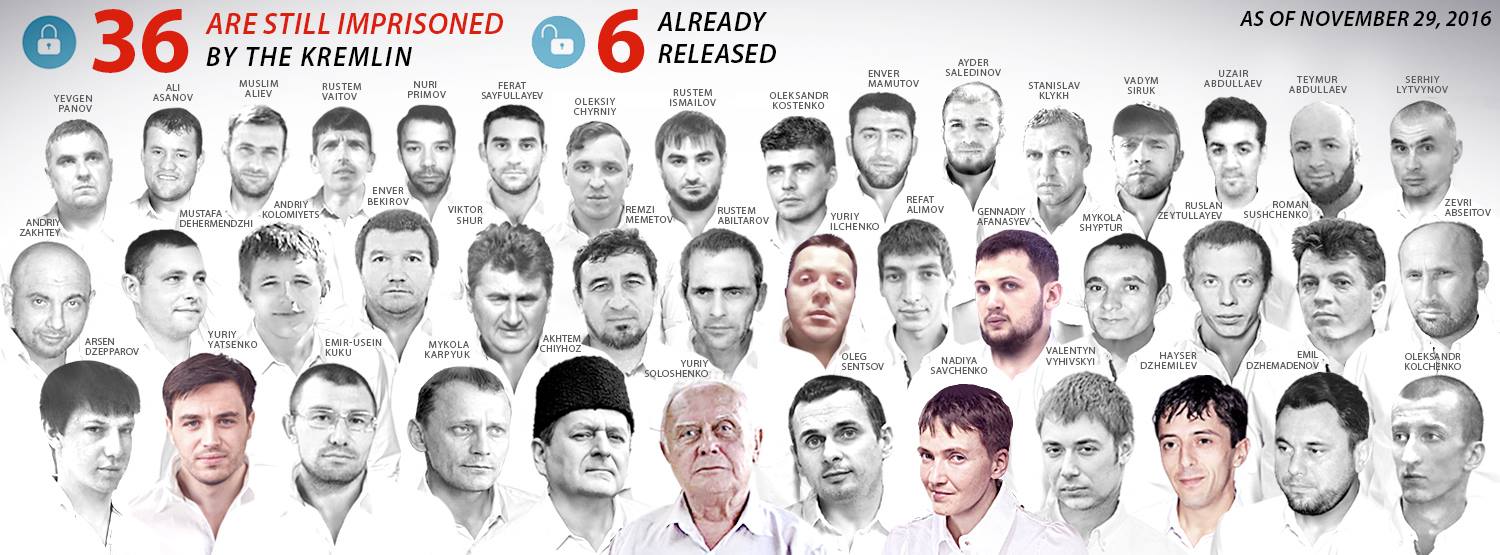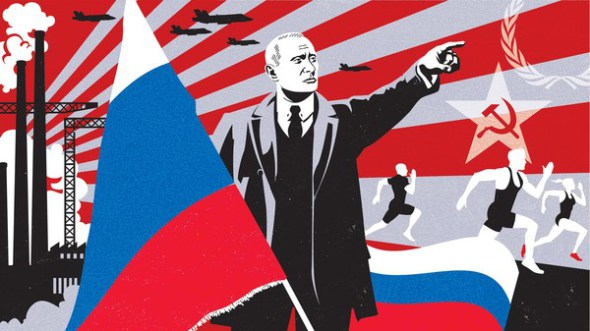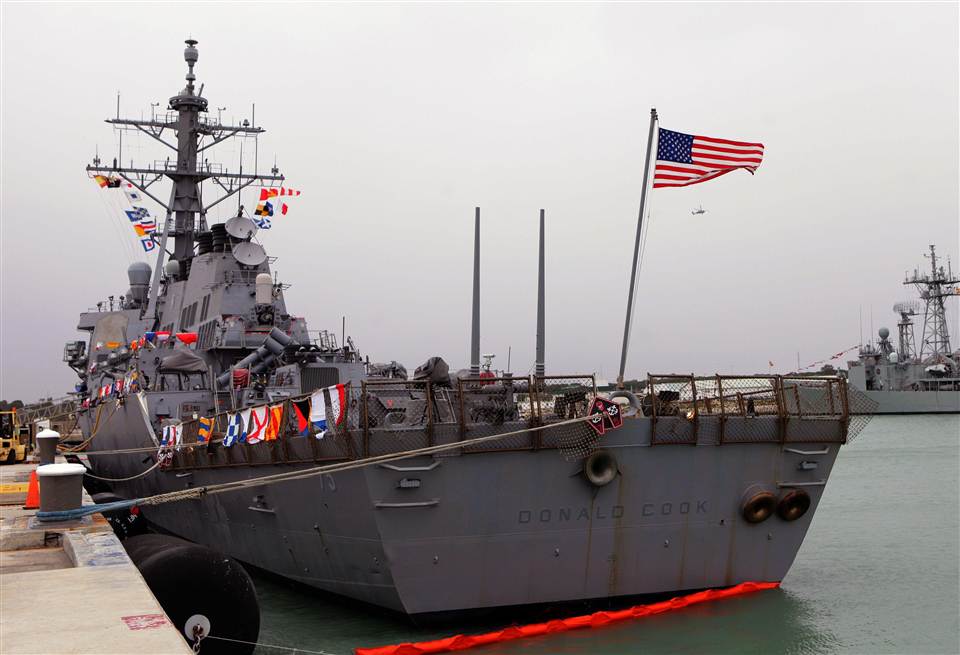In the USSR, the myth of the Great Patriotic War was central to the identity of the Soviet citizen. The practical reasons were obvious: after the end of the war, there was no positive event of equal significance that could play a unifying role. Starting from 1965, the Soviet state cultivated the image of the powerful victorious Soviet nation united in battling the evil invaders in lavish celebrations. Today, it is once again being used as a nation-formative myth and one that justifies modern Russian military expansion. The Kremlin is convincing the Russian population that by invading Ukraine it is not committing aggression against a neighboring country, but merely continuing the battle against fascists who endanger both Russia and the world. To do that, it perpetuates historical falsifications of the Soviet era.
In reality, the USSR started the war on 17 September 1939, when the Red Army crossed the border with Poland, occupying it in accordance with the union between the Third Reich and the Soviet Union, outlined by the Molotov-Ribbentrop pact. "German and Soviet troops walked hand in hand. This was called a 'military brotherhood' in the USSR before the war broke out," noted Oleksandr Zinchenko from the Institute of National Memory. After Hitler started the war in Europe, the USSR provided economic assistance to Nazi Germany. The USSR attempted to conceal these facts of collaboration with Hitler with the concept of the "Great Patriotic War," which started out as a mere ideological cliché pronounced by Joseph Stalin during a radio broadcast on 3 July 1941, after Nazi Germany invaded Soviet Ukraine.Myth 1. For the USSR, World War II started on 22 June 1941. The proper name of the war is the "Great Patriotic War," because the USSR was defending itself against the Nazi invasion

Reality: The USSR signed a non-aggression pact with Nazi Germany, the Molotov-Ribbentrop pact, that not only defined broad economic cooperation with the Third Reich and agreement on mutual non-aggression, but also contained a secret protocol by which the USSR and Germany agreed to divide up Europe.Myth 2. The USSR is an innocent victim of German aggression and was always an enemy of the Nazis
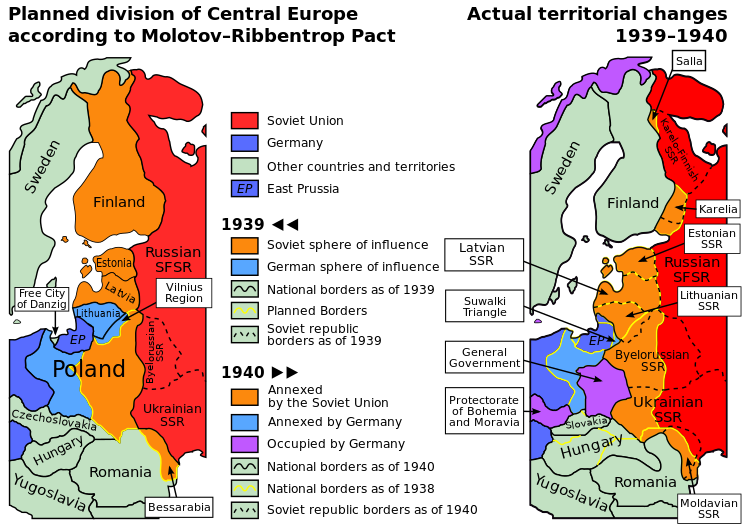 During Soviet times, and in Russia today, the existence of the Nazi–Soviet pact was explained as a necessity that came only after fruitless negotiations with Britain and France, and that the invasions of Poland were unconnected to the pact. In fact, Stalin willingly ruined attempts to establish an anti-Hitler coalition. During 12-21 August 1939, negotiations with Britain and France about collaborating to meet growing security challenges associated with the Third Reich took place in Moscow, but did not amount to an agreement because the Soviet leadership demanded the right to occupy Poland's regions Halychyna and Vilenska Oblast (today, western regions of Ukraine and Belarus), which the other side could not condone.
Both Stalin and Hitler were unsatisfied with the world order that came about after World War I, which made their collaboration natural. On 19 August 1939, Stalin spoke about the necessity to urge Europe into a great war, which would be an overture to a "world revolution;" on 23 August 1939, the Molotov-Ribbentrop pact was signed, outlining broad economic cooperation between the USSR and the Third Reich, and violating the sovereignty and territorial integrity of a range of independent countries.
During Soviet times, and in Russia today, the existence of the Nazi–Soviet pact was explained as a necessity that came only after fruitless negotiations with Britain and France, and that the invasions of Poland were unconnected to the pact. In fact, Stalin willingly ruined attempts to establish an anti-Hitler coalition. During 12-21 August 1939, negotiations with Britain and France about collaborating to meet growing security challenges associated with the Third Reich took place in Moscow, but did not amount to an agreement because the Soviet leadership demanded the right to occupy Poland's regions Halychyna and Vilenska Oblast (today, western regions of Ukraine and Belarus), which the other side could not condone.
Both Stalin and Hitler were unsatisfied with the world order that came about after World War I, which made their collaboration natural. On 19 August 1939, Stalin spoke about the necessity to urge Europe into a great war, which would be an overture to a "world revolution;" on 23 August 1939, the Molotov-Ribbentrop pact was signed, outlining broad economic cooperation between the USSR and the Third Reich, and violating the sovereignty and territorial integrity of a range of independent countries.


A popular myth during Soviet times was that the Red Army protected the USSR against fascists, saved millions of people from extermination, and brought freedom to oppressed European nations, committing no war crimes in the process. All evidence testifying to the opposite was dismissed as enemy propaganda and falsification. In reality, facts of crimes of Soviet soldiers against civilians were massive. 4148 officers and a large number of ordinary soldiers were given sentences by the military tribunal in the first months of 1945 alone. When the Red Army entered East Prussia in October of 1944, one of the soldiers wrote back to his parents in Smolensk: "Now we are allowed to do whatever we want to the German bastards." "Now our soldiers can see how their houses burn, how their families drag all their possessions with them, together with their viper offspring, - wrote another Soviet soldier. - They probably hope to stay alive, but they will have no mercy." In a letter from the front, a Red Army captain wrote: "Our boys already 'tasted' all the German women. In general, there are many trophies." Another officer wrote: "of course, it's extremely brutal to kill children. But Germans deserve these barbarities." Lieutenant Leonid Ryabychev recalled how Soviet troops in East Prussia overtook a convoy of German refugees. The soldiers threw the carts carrying possessions, pushed aside the elderly and children, and "pounced upon the women and girls in thousands."Myth 3. The Red Army did not commit war crimes
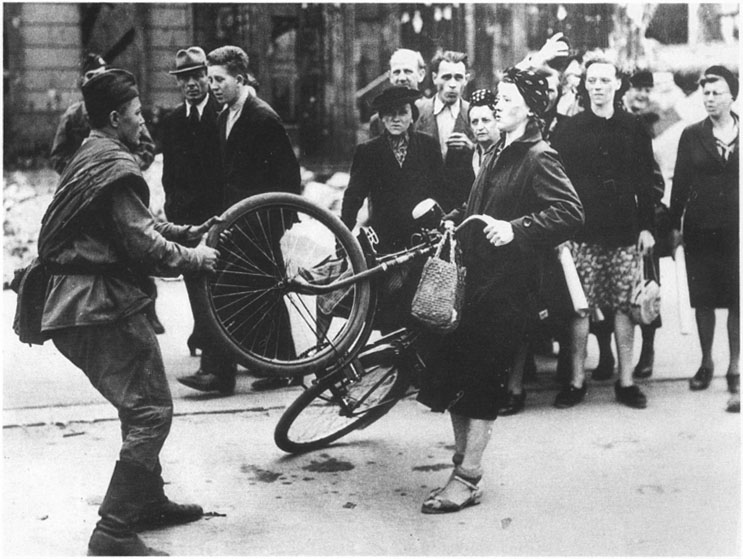
Soviet textbooks described the role of Soviet allies in the war in a rather superficial manner. While they are blamed for allowing the occupation of the Czech republic and waited till the last moment to open up the Second front, little is said about US help as part of the lend-lease program. During the Cold War, this myth was particularly important, as it elevated the contribution of the Soviet Union and diminished the contributions of its allies who were now on the other side of the Iron Wall. Today, in line with the growing isolation of Russia from the West, this myth is once again accentuated, one recent example being the book of now-Minister of Culture of Russia Volodymyr Medynsky "War. Myths of the USSR. 1939-1945." In reality, the lend-lease was one of the decisive factors in the victory of the Allied forces against the Axis. The USSR, and Russia as its successor, still has not repaid its debt for the lend-lease to the USA. According to different estimates, western equipment added up to:Myth 4. The USSR defeated Nazi Germany without the help of allies. The Russian forces could have won the war without the help of other nationalities of the Soviet Union
- 12-16% of the equipment of the Soviet armored troops;
- 10-15% of USSR's aviation
- 32.4% of its Navy.
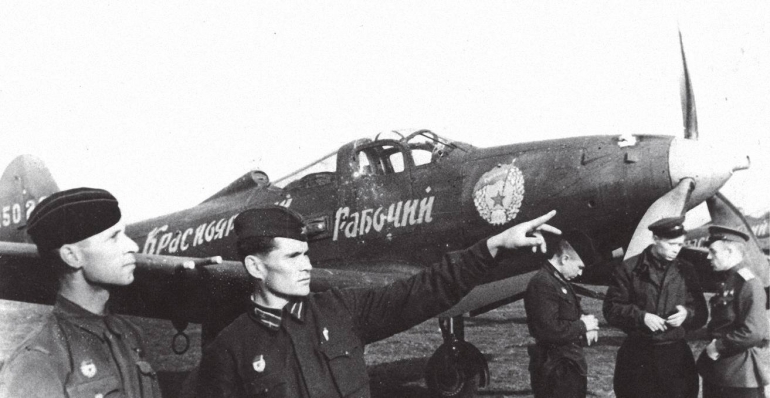


Reality: Russians military collaboration with the Nazis was larger than that of Ukrainians. Researchers estimate that there were 250,000 people from the "Ukrainian formations" working in the structures of the Wehrmacht, SS, police and others; the amount of people from the "Russian formations" varies between 300 to 800,000, depending on the methodology. This difference is significant, considering that Ukraine was fully occupied by Germany, with its population exceeding the population of the 17% of Russia that was occupied, and that Ukraine was occupied for a longer time. What were the factors underlying Russian and Ukrainian collaboration? Both Russia and Ukraine were suffering from Stalin's totalitarian regime and were hoping to overthrow Soviet power. Ukrainians had an additional motive behind their desire for USSR's defeat - they wanted to restore their state independence. This especially concerned residents of western Ukraine, who were part of the USSR for less than two years, and this short experience was not rosy. The myth that Ukrainians especially collaborated with the Nazis was cultivated in the USSR not only to hide facts of Russian collaboration, but also to vilify the liberation movements that fought against Soviet rule and justify the fight of the Soviet NKVD against their remnants after the war ended. The chief target of the attacks is the Ukrainian Insurgent Army, or UPA, which following a short term of collaborating with Hitler in hopes of achieving an independent state turned against Germany. Both the Soviets and the Germans considered UPA's actions as an anti-German uprising. More myths about the UPA can be found here: Ukraine’s Institute of National Memory addresses myths about UPA for the new Day of the DefenderMyth 5. Ukrainians are world champions in collaborating with the Nazis
This is another historical myth that Russian propaganda actively exploits today with the purpose of justifying the struggle that the Soviet secret police led against the Organization of Ukrainian Nationalists and UPA up till the end of the 1950s. In modern Russian media, one can often read about "mass extermination of Jews by Bandera [OUN leader] followers," which aims to create the following logical chain: Ukrainians who want an independent state are nationalists, Ukrainian nationalists killed Jews in WWII, consequently all those that want an independent Ukrainian state are secretly antisemitic and criminals.Myth 6. Ukrainian nationalists extreminated Jews en masse during the war, especially in Lviv and Babyn Yar
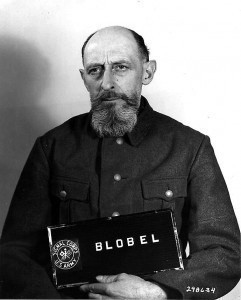
Further reading:
- Memory of the Great Patriotic war in Russia’s expansionist policy
- Occupation of Crimea repeats Latvia’s occupation by USSR
- The “Great Patriotic War” as a weapon in the war against Ukraine
- Russian media operates by law of war, tapping into Great Patriotic War myth
- Soviet myths about World War II and their role in contemporary Russian propaganda


